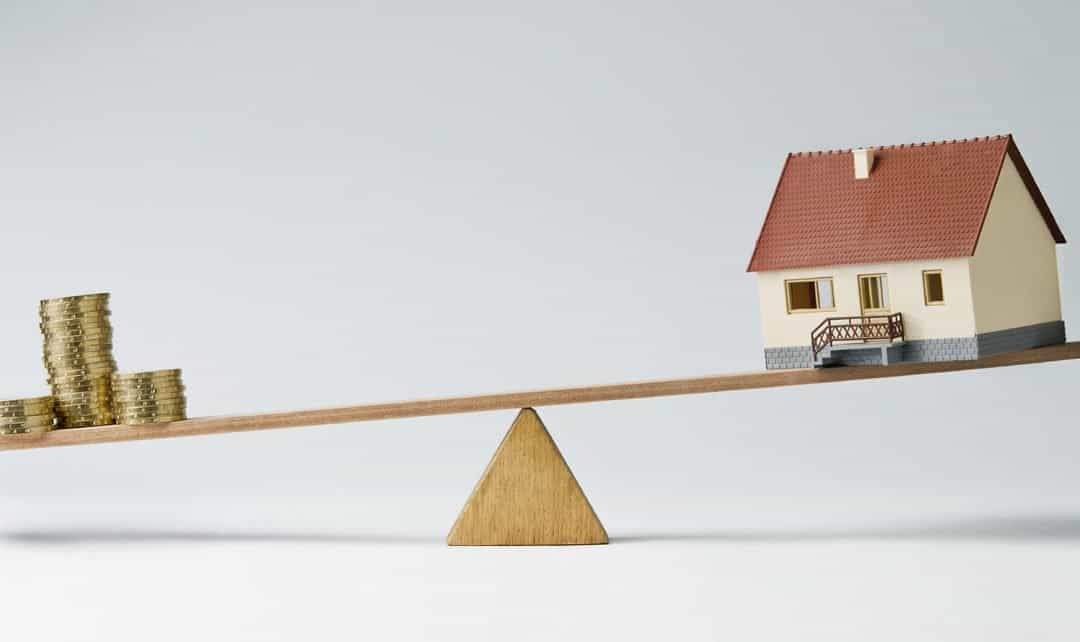Just as market conditions vary dramatically across Canada’s major urban centres, so too can homeownership carrying costs. While monthly mortgage payments will indisputably take up the largest chunk of a homeowner’s shelter budget, the costs for utilities and property taxes are also important considerations for prospective home purchasers.
In a competitive offer situation, though, it can be easy to overlook the financial impact these associated costs can have on homeowners, and the fact that in the nation’s most heated markets, property taxes are poised to rise over time alongside home values.
That’s because property taxes are based on two main components:
- The assessment of a home’s value, as determined by the provincial authority. While the criteria and frequency for value assessment can differ between provinces, it generally accounts for a home’s location, the values of comparable homes in the neighbourhood, land characteristics, the age of the home and whether it has received any upgrades.
- The residential tax rate (also known as the mill rate), which is set by local municipalities on an annual basis. As property taxes in turn fund municipal services and projects, the rate will be set depending on the city or town’s projected expenditures for the year.
However, municipalities can deviate significantly from each other on tax policy; the council for the City of Toronto, for example, purposely limits any increases to the property tax rate at or below inflation, in line with a campaign promise made by Mayor John Tory.
Vancouver, meanwhile, offers tax relief to some homeowners whose home values have increased dramatically via Land Assessment Averaging, in which the city chooses to implement provincially mandated tax increases in phases. The threshold for this tax relief – in 2018, homes with values that increase by more than 19.62141 are eligible – is determined by March 31 of each year.
The differing needs and approaches of each municipality result in a wide range of residential tax rates across Canada, which can have a substantial impact on homeowners in that region.
To illustrate how dramatically these costs can vary, Zoocasa analyzed municipal residential property tax rates in 25 major Canadian centres. The findings reveal that while some city residents enjoy greater property tax relief than others, a lower mill rate doesn’t always translate into less property tax paid.
For example, in the City of Toronto, where residents are taxed at one of the lowest rates in Canada at 0.63551 per cent, high home valuations (assuming a home price is assessed by the provincial authority to be at the June average price of $870,559) mean they’ll pay $5,532 annually in property tax. In contrast, the residents in the City of Edmonton would pay only $3,314 annually (based on the average home price of $381,50), despite the fact the city’s tax rate is about 1.4 times that of Toronto’s, at 0.8689 per cent.
Vancouver took overall top spot for property tax rate affordability, with a rate of 0.24683 per cent – less than that of the next comparable city of Abbostford, BC, which taxes residents at a rate of 0.51300 per cent.
Here’s how tax rates differ across the country:
Penelope Graham is the managing editor of Zoocasa.com, a real estate resource “that uses full brokerage service and online tools to empower Canadians to buy or sell their home faster, easier and more successfully.”















